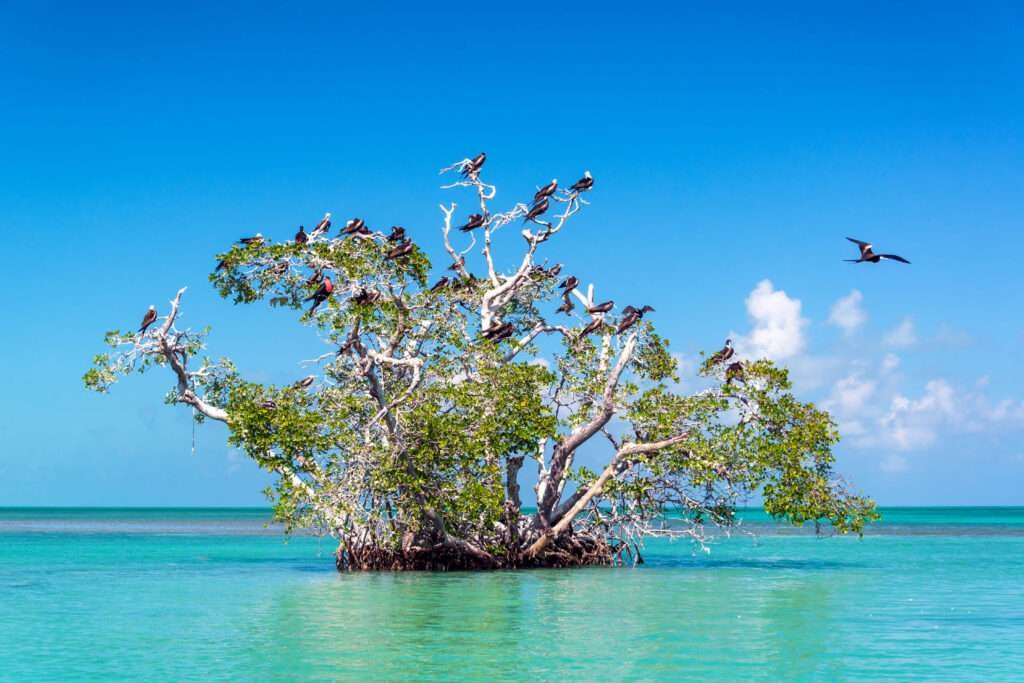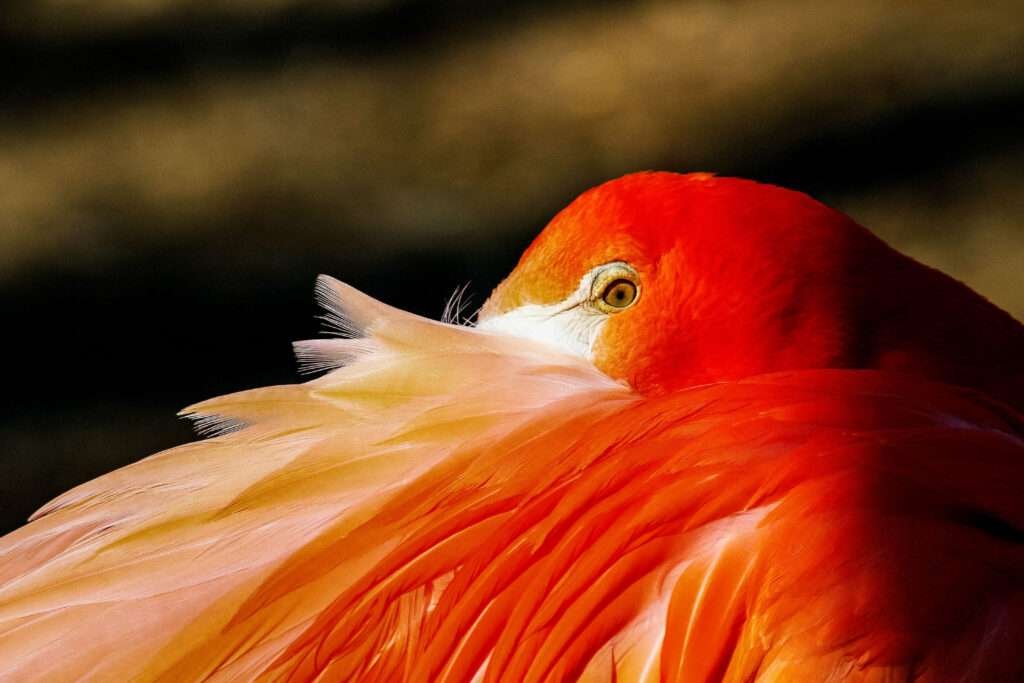Bluebirds are a type of bird known for their distinctive blue plumage. They are often found in North America and are a symbol of happiness and hope.
Bluebirds are known for their melodious songs and are a favourite among birdwatchers and enthusiasts. There are three main types of bluebirds: the Eastern Bluebird, Western Bluebird, and Mountain Bluebird. Each species has its unique characteristics and habitats, making them fascinating subjects for bird enthusiasts.
With their vibrant colours and charming personalities, bluebirds are a delight to observe in the wild. Whether you are a seasoned birder or just beginning your avian adventures, exploring the world of bluebirds can bring joy and tranquillity to your life.
Blue Birds
Characteristics
Blue birds are known for their vibrant blue plumage and melodious songs.
- Have distinctive blue feathers
- Are often seen perched on branches
- Produce beautiful chirping sounds

Species
There are several fascinating species of blue birds found around the world:
| Species | Location |
|---|---|
| Blue Jay | North America |
| European Roller | Europe and Asia |
| Indigo Bunting | North America |
Blue Plumage
Discover the stunning variety of bird species with captivating blue plumage. These feathered creatures showcase nature’s vibrant hues, from the vibrant blue jay to the majestic peacock. Blue plumage adds a touch of elegance and beauty to the avian world.
Blue Plumage: How Birds Get Their Blue Color The magnificent blue plumage of birds is a sight to behold. It adds a touch of elegance and vibrancy to the avian world. But have you ever wondered how birds acquire this stunning blue colour? In this section, we will delve into how birds get their blue colour and explore the different purposes behind their usage of blue plumage.
How Birds Get Their Blue Color
Birds acquire their blue colour through a fascinating process called structural colouration. Unlike pigments in other animals, bird feathers do not contain blue pigments. Instead, the blue colour is created through the interaction of light with their feathers’ microscopic structures. When sunlight hits the microscopic structures of a bird’s feather, it undergoes a process called interference. This process causes certain wavelengths of light to cancel out while others are amplified, resulting in the vibrant blue colour we see. These intricate structures reflect light so that it appears blue to our eyes.
Usage Of Blue Plumage
Birds utilize their blue plumage for various purposes, ranging from attracting mates to camouflage within their environment. Let’s explore the different ways in which birds use their blue colours to their advantage. 1. Attracting mates: Blue plumage plays a vital role in the courtship rituals of many bird species. The vibrant blue is a visual signal, indicating the bird’s health, fitness, and reproductive capabilities. Males with brilliant blue feathers are often more likely to attract a mate and pass on their genes to the next generation. 2. Species recognition: Blue plumage helps birds differentiate between individuals of their own species and those of other species. This distinction is crucial for successful breeding and mate selection. 3. Camouflage: Blue plumage can also serve as camouflage for certain bird species. In environments such as dense forests or coastal regions, the blue colours blend with the natural surroundings, making it harder for predators or prey to detect them. 4. Communication: Birds use their blue plumage to communicate within their social groups. The intensity or variation in their blue colouration can convey information about dominance, territory, or hierarchy. In conclusion, the blue plumage of birds is not just a mere coincidence but a result of intricate structural colouration. Its purpose extends beyond aesthetics, serving vital survival, reproduction, and communication roles. The stunning blue hues birds display are a testament to the beauty and diversity of nature’s creations.
Evolution Of Blue Coloration
Blue colouration in birds has evolved in diverse ways, leading to various types of blue hues. Some birds, like the European roller and kingfishers, boast structural colouration, while others, like the blue jay and bluebird, exhibit pigment-based blue colouration, all contributing to the stunning array of blue shades in the avian world.
INTRODUCTORY PARAGRAPH: Birds exhibit a remarkable diversity of colourations, and one of the most captivating hues in the avian world is blue. The evolution of blue colouration in birds is a fascinating topic that sheds light on the many factors that drive species’ adaptation and survival. From the brilliance of the peacock’s feathers to the delicate shades of the blue jay’s plumage, the intensity and variety of these blue colours have played a significant role in the evolution of bird species. Understanding the significance behind this evolution is crucial to appreciating the artistry and functionality of blue colouration.
Significance In Evolution
One cannot underestimate the significance of blue colouration in the evolution of bird species. The presence of blue hues in a bird’s plumage has several ecological and evolutionary advantages.
Attracting Mates
The vibrant blue colourations in many bird species serve as a powerful visual signal for attracting mates. Blue is a colour that stands out in nature, captivating the attention of potential partners. This brilliance indicates good health and genetic quality, making blue-coloured birds desirable to their prospective mates. It is no wonder thtypes of at many male birds showcase an array of blues during the breeding season, using their stunning plumage to woo and impress females. From the elegant blue-footed booby to the magnificent blue macaw, these birds have evolved their extraordinary blue colourations to enhance their chances of successful reproduction.
Ensuring Survival
Beyond its role in attracting mates, blue colouration has an important functional aspect that contributes to the survival of bird species. Many birds, such as the indigo bunting or the European roller, rely on their blue plumage for camouflage. These birds inhabit environments where their blue feathers blend seamlessly with the sky, foliage, or bodies of water, allowing them to conceal themselves from predators or prey. Additionally, blue colouration can serve as a warning signal, deterring potential predators. This phenomenon is observed in species like the blue poison dart frog, which employs its vivid blue hue to indicate its toxic nature. By evolving the ability to possess vibrant blue colourations, these birds have gained a survival advantage in their habitats. In conclusion, the evolution of blue colouration in birds carries immense significance. Not only does it play a role in attracting mates, but it also ensures species’ survival. The shades and intensity of blue colourations found in different bird species are a testament to the beauty and adaptability of nature. From its ability to captivate through vibrant brilliance to promoting survival through camouflage and warning signals, the evolution of blue colouration represents an intricate and fascinating aspect of avian adaptation.
Blue Birds In Folklore
Symbolism
Blue birds symbolize hope, spirituality, and happiness in various cultures.
Cultural Depictions
Blue birds are featured in myths, legends, and stories worldwide, representing positive omens and good fortune.
Conservation
Conservation efforts are crucial in protecting the diverse species of blue birds. Threats to their survival, including habitat loss and climate change, necessitate proactive measures to safeguard these magnificent creatures.
Threats To Blue Birds
Factors such as deforestation, pollution, and invasive species threaten the existence of blue birds, leading to a decline in their populations. Habitat destruction disrupts their natural breeding and feeding grounds, while climate change alters their ecosystems, affecting their ability to thrive.
Conservation Efforts
Efforts to conserve blue birds involve protecting and restoring their habitats. Conservation organizations work to preserve crucial habitats and establish protected areas to ensure their survival. Additionally, initiatives focusing on awareness and education aim to engage the public in conserving these avian wonders.
Human Fascination
Bluebirds are a type of bird known for their vibrant blue plumage and cheerful songs. Humans have long been fascinated by these colourful creatures, admiring their beauty and grace. With their lovely hues and captivating behaviour, bluebirds continue to capture the interest of bird enthusiasts worldwide.
Inspiration In Art
Bluebirds, with their vibrant hue, have been a favourite subject of artists throughout history. Their striking blue plumage has inspired countless paintings, sculptures, and poetry. Artists have been captivated by their beauty, using various mediums to capture the essence of these magnificent birds.
From the detailed watercolour paintings of John James Audubon to the more abstract renditions of contemporary artists, bluebirds have been interpreted in diverse artistic styles. The vivid blue colour often symbolizes a sense of tranquillity and peace, evoking emotions of serenity and harmony. Artists have utilized this symbolism to create visually stunning masterpieces.
Art enthusiasts and collectors are drawn to artwork featuring bluebirds as they provide a sense of calm and beauty to any space. Whether a framed painting hanging in a living room or a delicate sculpture displayed on a shelf, these artistic representations bring a touch of natural elegance to any environment.
Behavioural Studies
Bluebirds have also been the subject of numerous behavioural studies, attracting the attention of scientists and researchers. Their social behaviours and nesting habits have been observed and studied in great detail.
These studies have shed light on the intricate relationships within bluebird communities. Bluebirds are known to be highly social, forming strong pair bonds and engaging in cooperative breeding. They exhibit fascinating behaviours such as cooperative foraging, where multiple birds work together to gather food for the benefit of the entire group.
Scientists have also been intrigued by bluebirds’ nesting habits. They construct intricate nests using a combination of grass, twigs, and feathers. Male bluebirds are often responsible for selecting potential nesting sites and building the nests, while females incubate the eggs and care for the young.
These behavioural studies provide valuable insights into bluebirds’ complex social dynamics and nesting behaviours. By understanding these behaviours, researchers can better appreciate these remarkable creatures and contribute to their conservation efforts.
Frequently Asked Questions
What Are The Blue Birds Called?
Blue birds are called bluebirds. These small, colourful birds are known for their vibrant blue plumage.
What Is A Very Vibrant Blue Bird?
The indigo bunting is a vibrant blue bird known for its stunning colouration.
What Bird Looks Like A Sparrow But Is Blue?
The blue bird that looks like a sparrow is called the indigo bunting.
What Is The Dark Blue Songbird?
The dark blue songbird is the indigo bunting, known for its vibrant plumage and melodious song.
Conclusion
As we explore the diverse world of blue birds, we uncover their unique characteristics. From the vibrant Blue Jay to the graceful Bluebird, each species captivates with its beauty. Whether in urban or natural habitats, these colourful creatures bring joy to bird enthusiasts everywhere.




